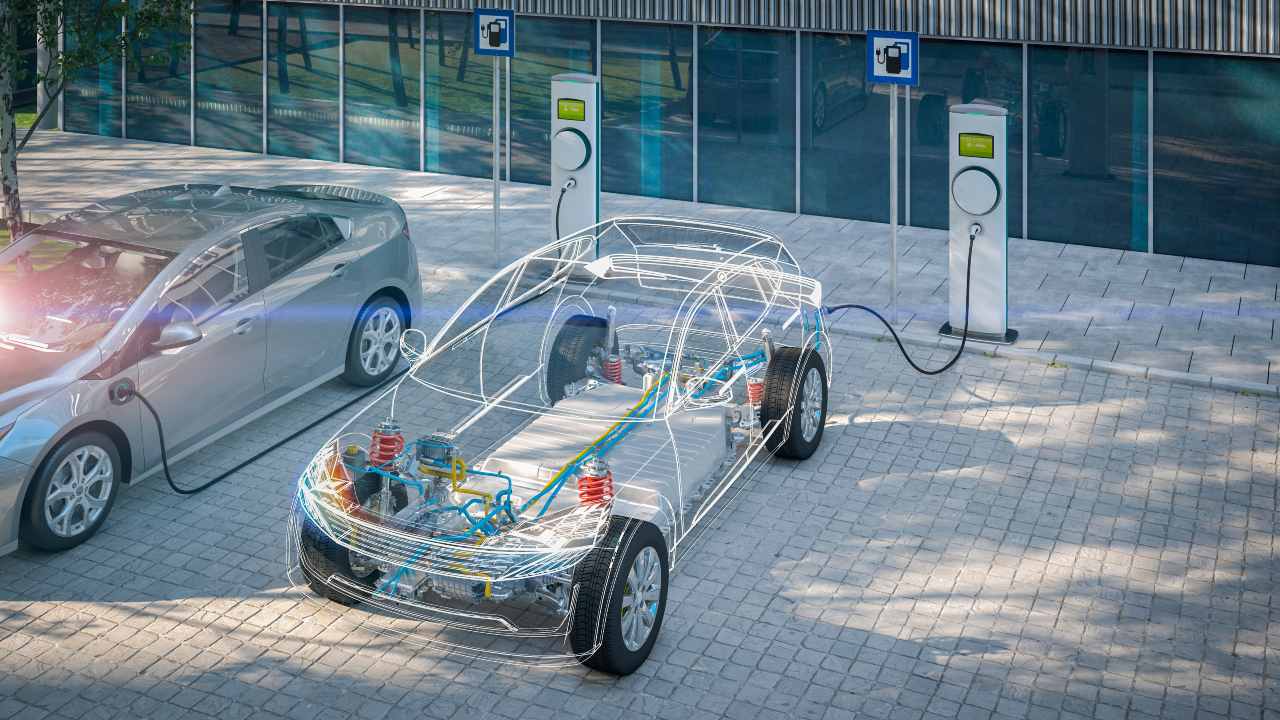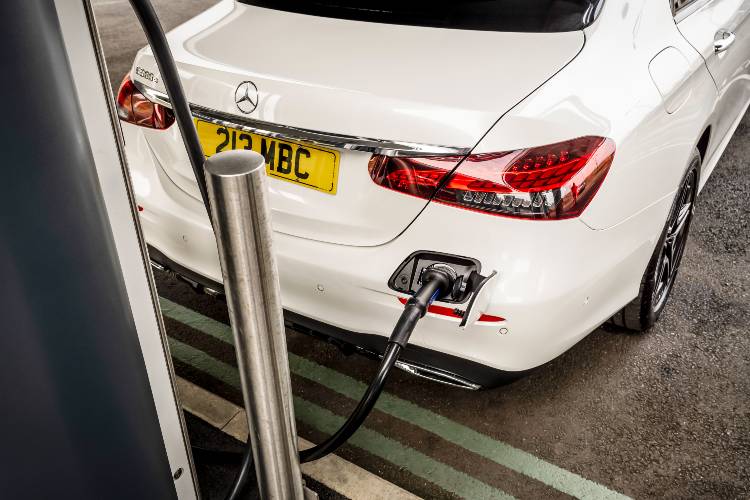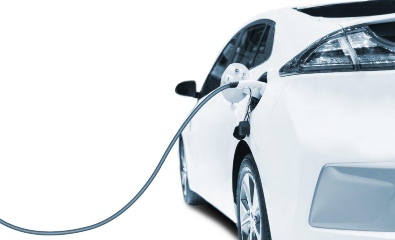Like anything with a battery, looking after the very thing that provides power for your electric vehicle (EV) can see these lithium-ion units giving longer-lasting service than if you were to neglect them instead. So, with that in mind, here are our 5 top tips to prolong the life of the battery pack on your EV.
1. Use rapid or ultra-rapid charging sparingly
We know that one of the issues with owning an EV is the length of time it takes to recharge the battery, when compared to the length of time it takes to refuel a petrol or diesel car. And, on the face of it, rapid (50-100kW DC public sites) or ultra-rapid (100kW-plus DC public sites) chargers seem to be the perfect solution. If your EV can take such high charging rates, you can replenish your battery from 5-80% of charge in anything between 18 and 45 minutes. Great.
Except… you shouldn’t use these to charge your vehicle every single time. The speed with which these chargers ram current into your battery does, by its very expedience, shorten the life of the battery’s cells. So while there will obviously be times where you need to charge up rapidly at a motorway service station, try to make these the odd occasion, rather than the norm, and your battery should last you longer than you might think.
2. Mitigate any extremes of temperature
Battery packs do not like it when it is blazing hot, nor when it is freezing cold. Obviously, there’s a practicality issue of saying ‘don’t drive or leave your EV parked up when it’s cold’ in a country like the UK, where it’s cold more often than not, but what we mean is you should use the EV’s onboard thermal management systems to keep the battery in tip-top condition for longer.
So, if it’s a roasting summer’s day, for example, and you need to leave the car parked up somewhere, try and find somewhere in the shade rather than in direct sunlight. Failing that, plug it in to charge on a slow AC connection and the car’s own thermal management system should stop the battery from overheating while you’re away from the vehicle.
The same principle works in icy conditions, as if you plug in a parked EV then its thermal systems should keep the battery feeling toasty and warm. Naturally, you can’t do much about the fact that when you drive to work in winter, your EV’s single-charge range will be much lower (because you’ll be using onboard electrical systems like heating and headlights more, and also simply because the battery is less effective in colder temperatures), but you can at least help the lithium-ion pack be at its absolute best through winter with these thermal management techniques.
3. Avoid charging to 100% regularly
This one is more for the EV owners who often ‘destination’ charge – that is, those who commonly use a slower AC connection (typically of 7-, 11- or 22kW speeds) at either their place of work or their home. The temptation is to charge the vehicle to 100%, say, overnight at your residence, then drive to work using perhaps 15% of the battery’s charge, plug it in while you’re at work and then find it back at 100% for your drive home. Repeat, daily.
However, this is bad practice. The battery doesn’t need to be charged to 100% on such a regular basis. The same theory works with laptops, if you’ve ever been told this nugget: you should use them on their own internal batteries until they are almost depleted, and only then plug them into the mains to continue working; having them permanently plugged into a socket while you’re using them will shorten the battery pack’s life.
Try and be bold with your EV, then, and if you only use around 30% of your battery’s charge on a daily basis, only charge it up every 3rd day. The more you can avoid needlessly pushing the battery to 100%, the better, although we understand there will be times you both want and need 100% charge – typically when you’re heading off on a longer journey.
Quick note: most public DC rapid chargers slow down their rate of charge once your EV’s battery is up to 80%, for precisely this reason – it is an in-built mechanism to preserve the battery pack’s long life. This is why most manufacturers quote a 0-80%, 5-80% or 10-80% charging time on an EV’s maximum DC connection speed, rather than to 100% (that last 20% of charge takes exponentially longer than the first 70-80%, you see, even on the fastest 350kW units).
4. Avoid the battery going to 0% or long periods of inactivity
Just like a ‘normal’ internal-combustion-powered car, EVs do not like standing for long periods of time. If this is unavoidable during your ownership of the vehicle, then put the car on trickle charge to maintain some power in the battery. All EVs have systems to prevent you fully draining the battery while in operation, but if the car is going to be standing still for an extended duration, the pack could drop to 0% if you’re not careful. Allowing this to happen will seriously reduce the lifespan of the battery pack in the long run, so avoid it occurring in the first place.
5. Drive sensibly
We get it – one of the big appeals of your EV is how fast it can accelerate. With instant torque and single-speed gearboxes, these things (especially powerful ones, like Teslas and the Porsche Taycan) can often out-accelerate traditional supercars and the like, and there’s a lot of fun to be had in that.
But consider that, just like a petrol or diesel car, the heavier your right foot the sooner you need ‘fuel’, and you’ll soon realise driving your EV aggressively and fast will increase the regularity of your charging cycles, in turn reducing the operational lifespan of the battery.
Case in point: the MG5 EV estate is claimed to do 250 miles on a single charge on the WLTP combined cycle. However, keep it to city streets and that number increases to 334 miles. But venture onto motorways all the time, and MG has to tell you that the car will only do 190 miles before needing to be plugged in again. This is true of EVs of all shapes and sizes, and all it should tell you is that EVs prefer being driven at lower speeds than they do cruising along at a constant 70mph or whizzing away from lights at maximum chat.
It’s just plain common sense: the faster you drive and the harder you accelerate away from junctions and the like, the less efficient your EV will be. You’ll then end up charging it more often, which will not be great for the battery’s condition. Try and be gentle and smooth in an EV in the main, and you’ll get far more life out of its battery in the long run.
Additional Note
Most EVs these days come with a specific battery warranty, which is separate to the overall vehicle warranty. The industry standard is typically 8 years or 100,000 miles, whichever comes sooner. And that might sound like you’ll never have to worry about battery condition in the long term, especially on leasing deals which only last 2-5 years.
That said, this warranty normally guarantees that the battery will still have 70% of its ‘new’ performance after 8 years and/or 100,000 miles. Which is to say, if your EV has an official 200-mile range at the point of sale, then by year 8/100,000 miles, its range will have reduced to a maximum 140 miles. And as we all know, in reality EVs rarely ever attain their quoted maximum range figures before needing charging again – so if you are ignoring our top tips and accelerating the state of wear on the battery pack, you might find your one-shot driving range is reducing notably during your ownership of the EV.




